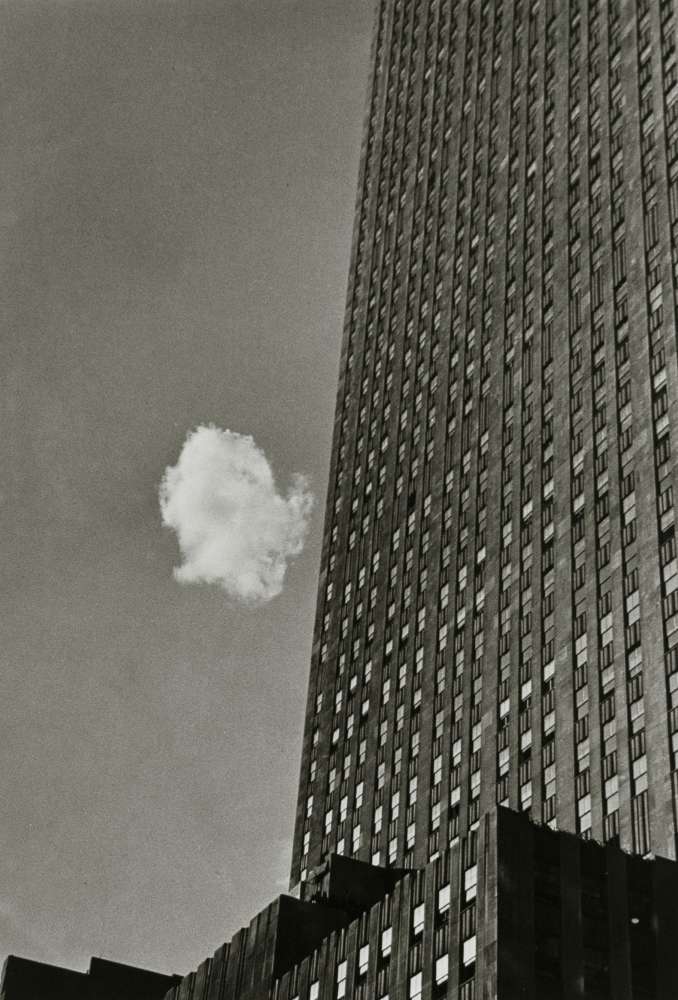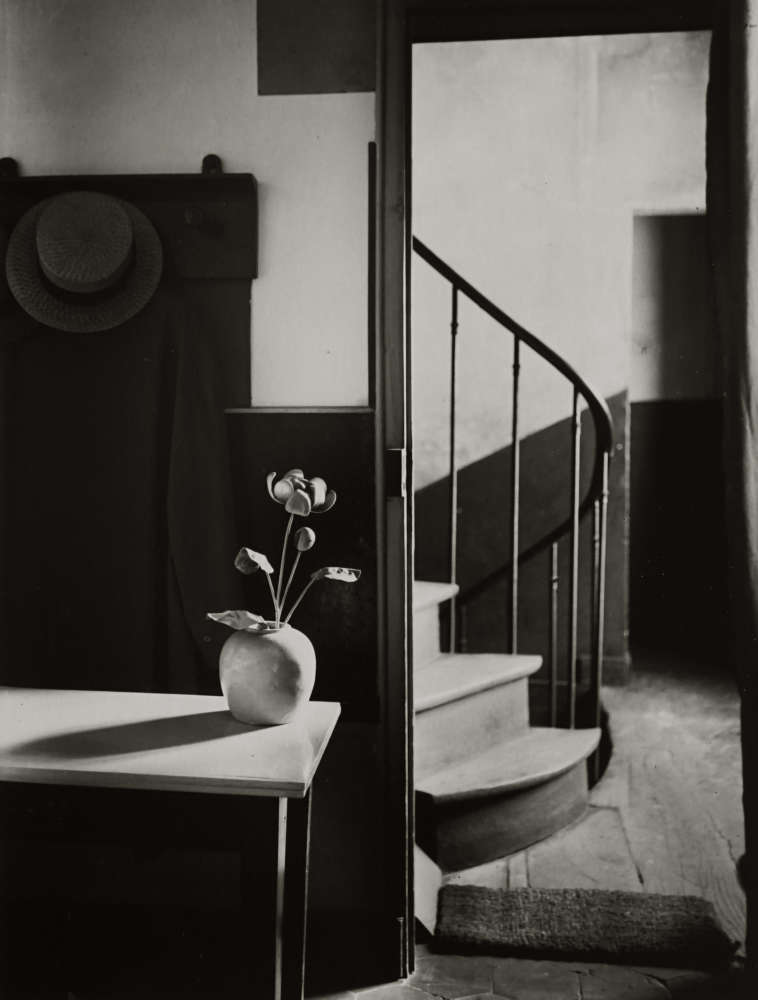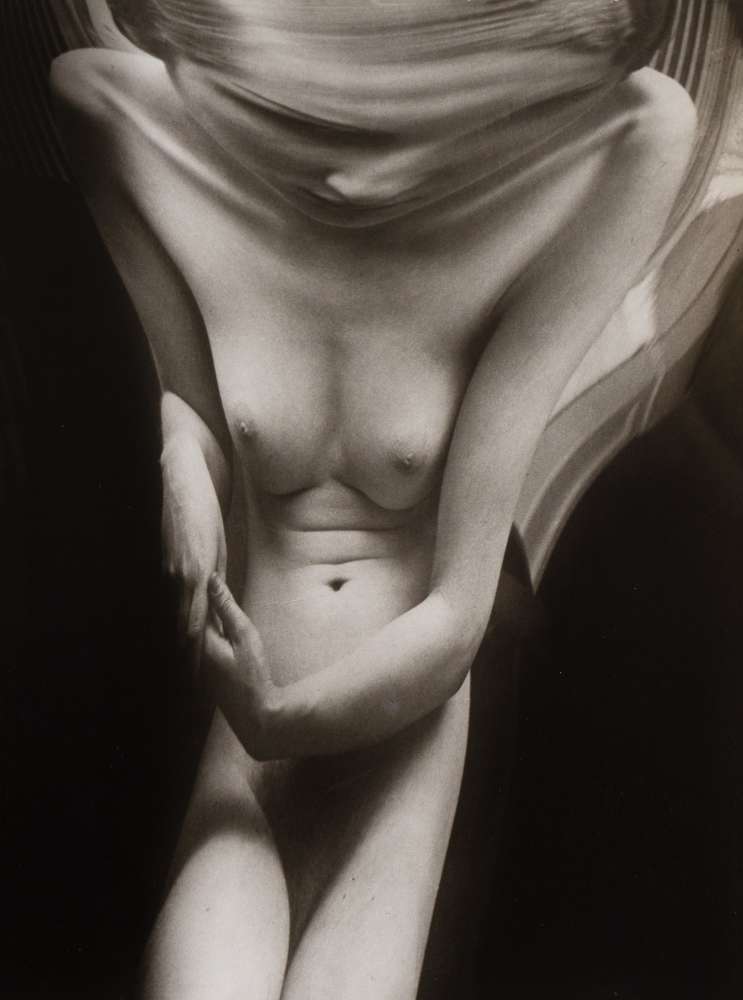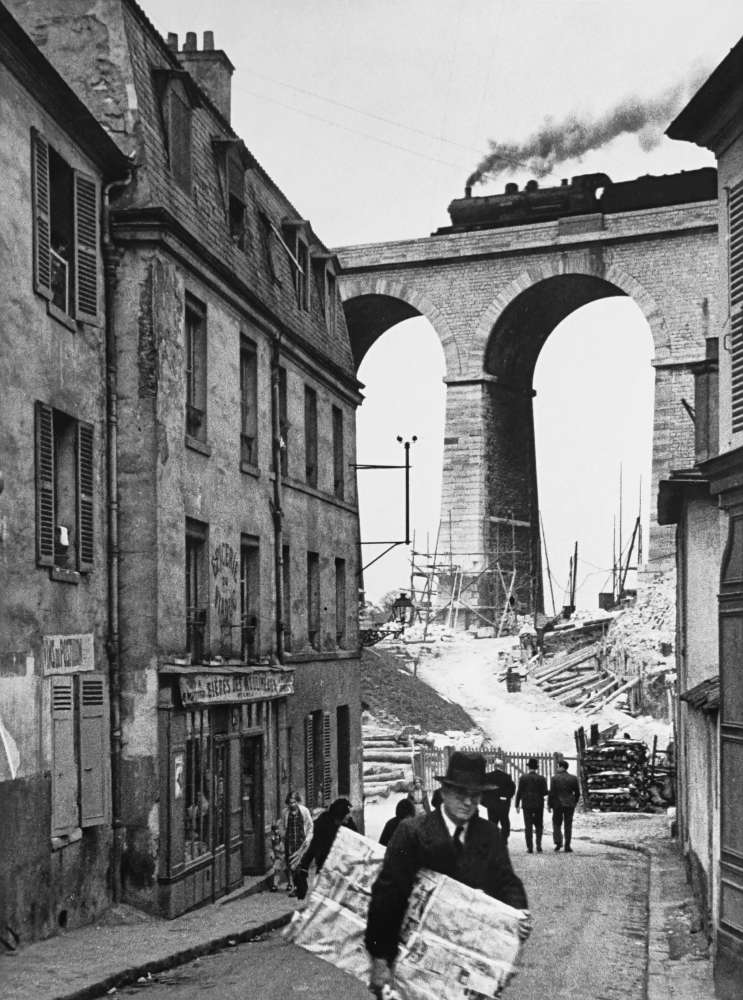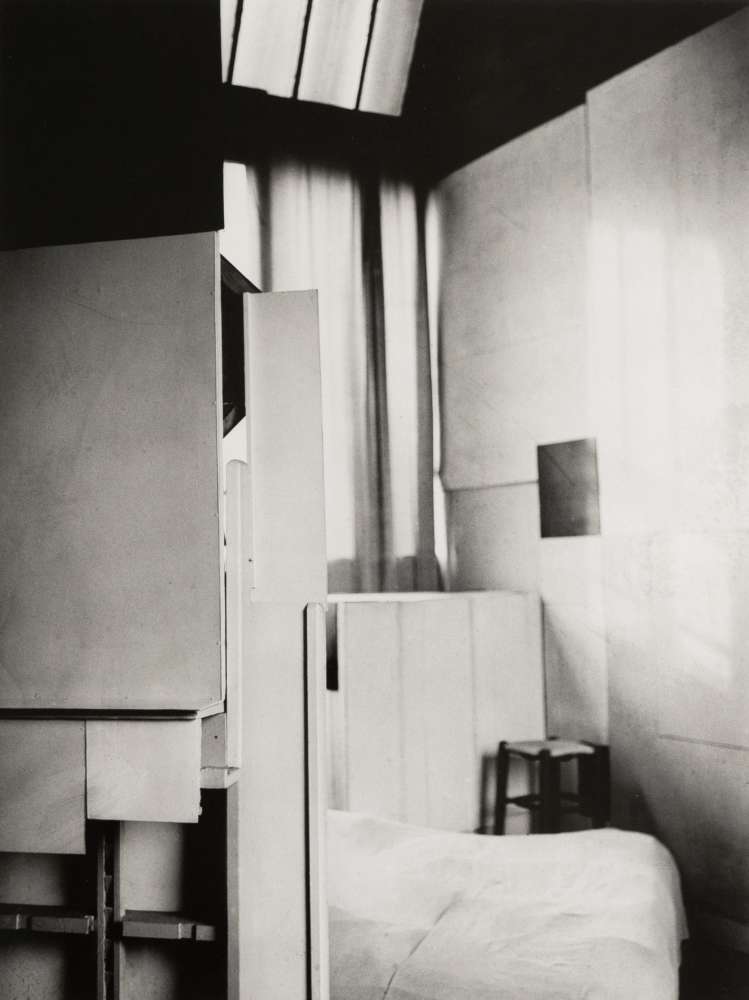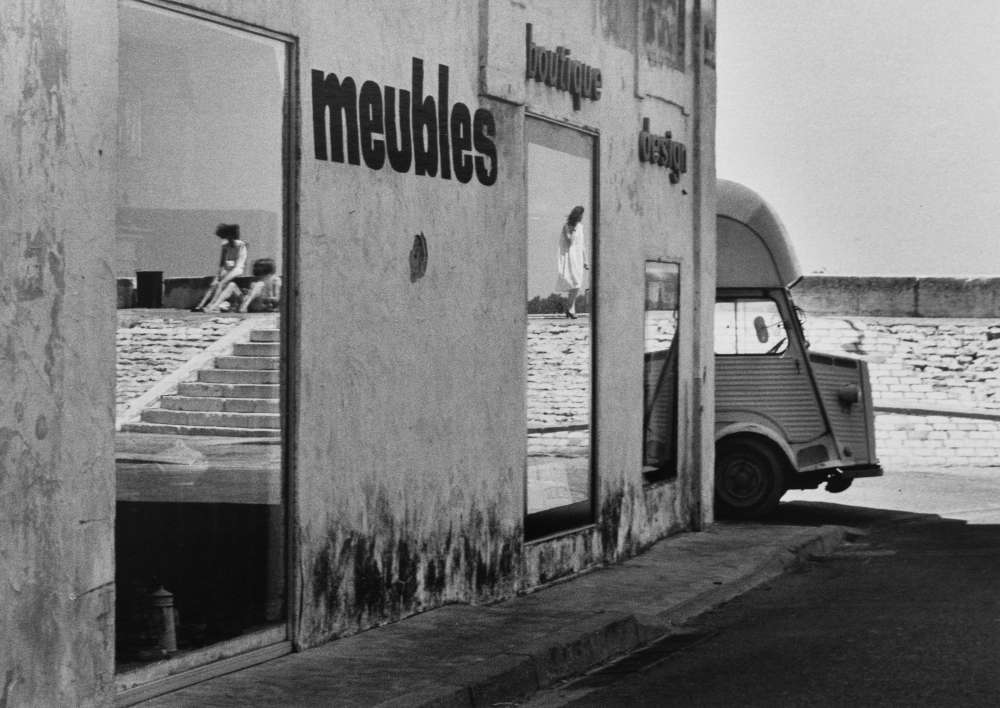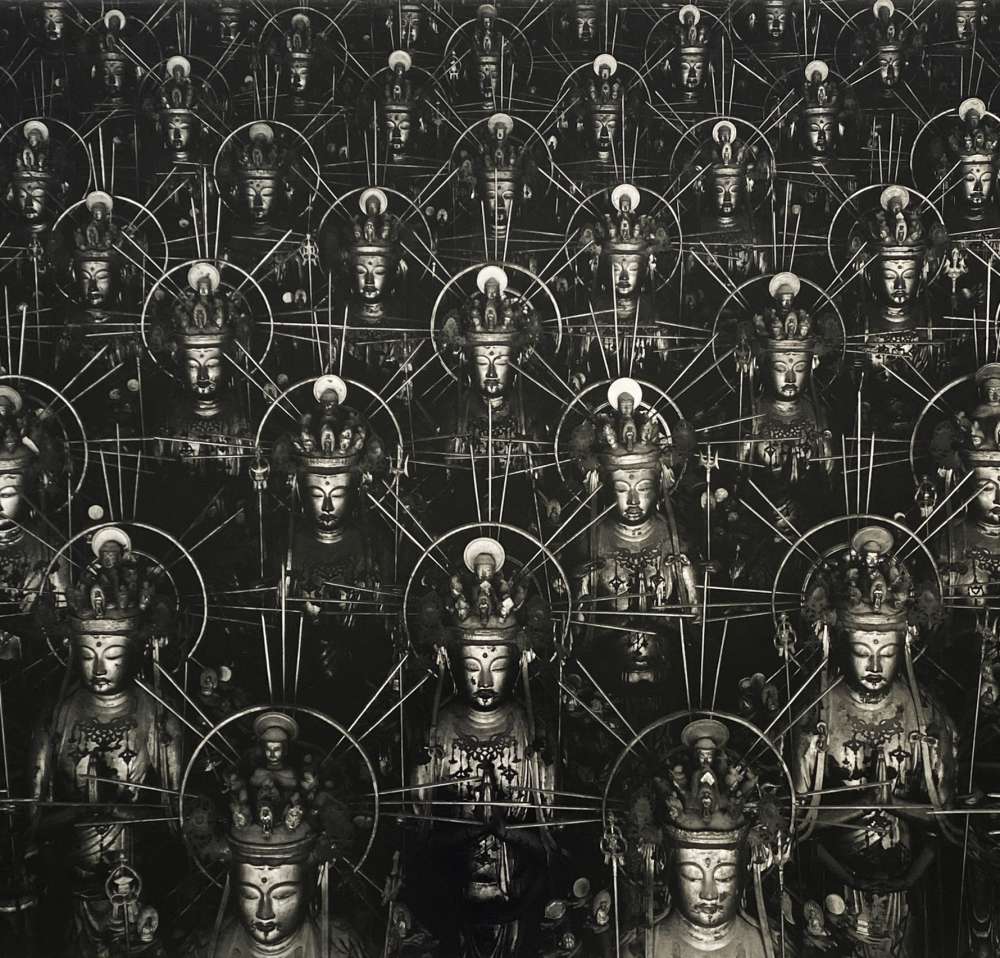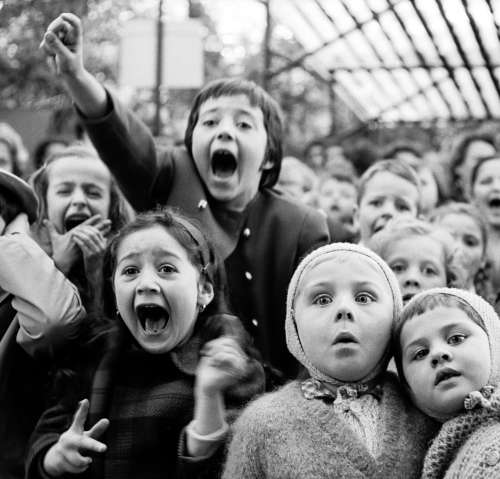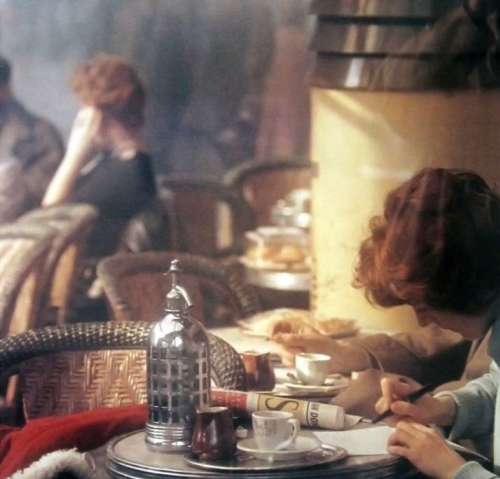André Kertész
Works
-
 André Kertész, Portfolio of Ten Prints, 1925 - 1939
André Kertész, Portfolio of Ten Prints, 1925 - 1939 -
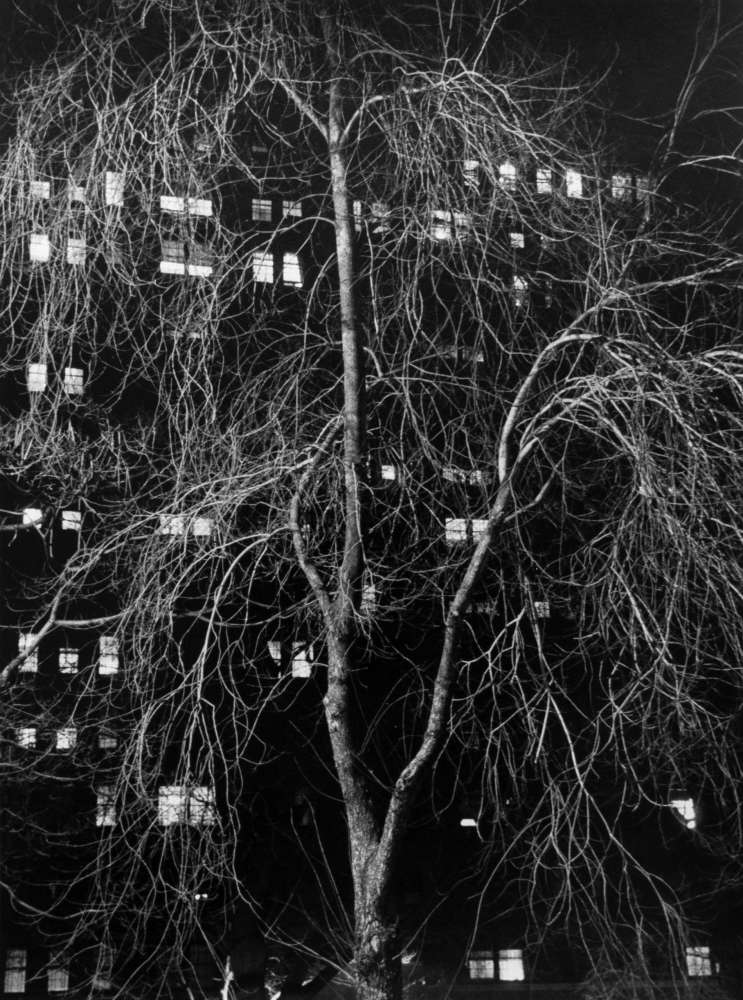 André Kertész, New York, Washington Square, 1958
André Kertész, New York, Washington Square, 1958 -
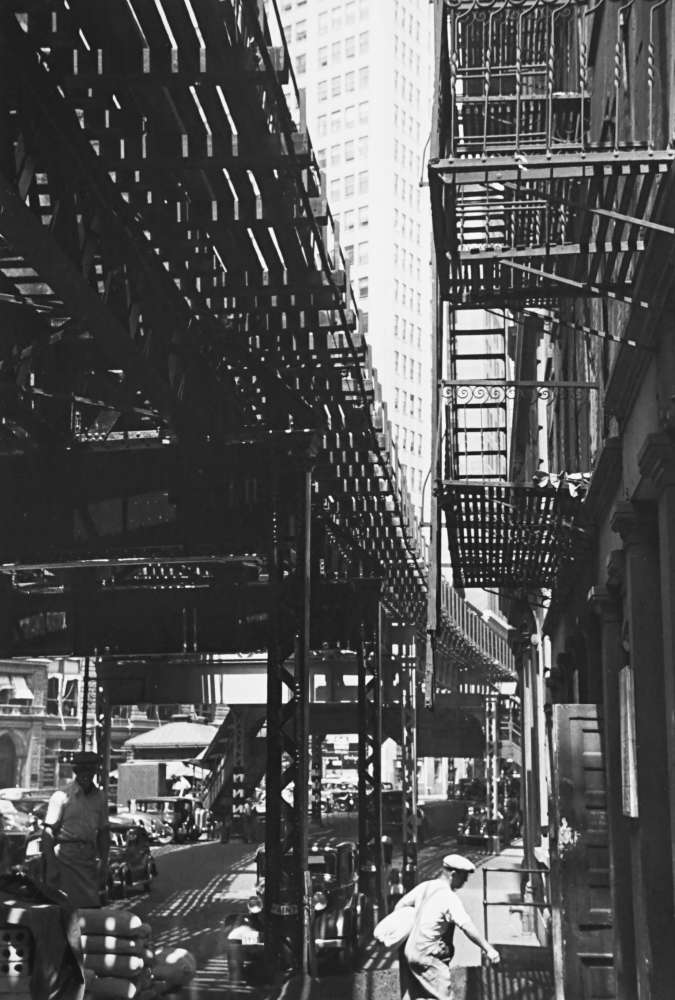 André Kertész, Third Avenue El, New York, 1937
André Kertész, Third Avenue El, New York, 1937
-
 André Kertész, Washington Square Park at Night, 1954
André Kertész, Washington Square Park at Night, 1954 -
 André Kertész, Melancholic Tulip, New York, 1939
André Kertész, Melancholic Tulip, New York, 1939 -
 André Kertész, Lost Cloud, New York City, 1937
André Kertész, Lost Cloud, New York City, 1937
-
 André Kertész, Fork, Paris, 1928
André Kertész, Fork, Paris, 1928 -
 André Kertész, Satiric Dancer, Paris, 1926
André Kertész, Satiric Dancer, Paris, 1926 -
 André Kertész, Chez Mondrian, Paris, 1926
André Kertész, Chez Mondrian, Paris, 1926
-
 André Kertész, Colette, Paris (from A Portfolio of Ten Prints), 1930
André Kertész, Colette, Paris (from A Portfolio of Ten Prints), 1930 -
 André Kertész, Distortion #40, 1933
André Kertész, Distortion #40, 1933 -
 André Kertész, Distortion #69, c. 1930
André Kertész, Distortion #69, c. 1930
Biography
André Kertész Biography
André Kertész (1894 – 1985) is considered one of the seminal figures of 20th century photography. He is regarded as one of the fathers of photojournalism and street photography but is also known for his groundbreaking contributions to photographic compositions using unorthodox camera angles, distortions, and style. By combining a seemingly artless spontaneity with a sophisticated understanding of composition, André Kertész developed and fostered a unique and intimate style of image making.
Born Kertész Andor in Budapest, he received his first camera in 1912. At the early age of 18, he began experimenting with the medium by taking portraits of family and friends, as well as studies of the Hungarian countryside and scenes of daily life behind the battle lines of World War I. Intent on becoming a serious photographer and making a living at it, he moved to Paris in 1925. André Kertész's first years in Paris were a time of freedom and experimentation. He absorbed lessons from his community of friends and developed a modernist sensibility not akin to many photographers at the time. During this early fertile time, he produced some of his most notable images such as Satiric Dancer, 1926; Fork, 1928; and Chez Mondrian 1926. He became a successful photojournalist and ingrained himself in the flourishing artist community in the city, making friends with painters, sculptures, filmmakers and photographers such as Fernand Léger, Alexander Calder, Maurice de Vlaminck, Man Ray, and Brassaï. Some of his most iconic images were created during this period of his career.
And after a few years he began to receive portrait commissions as well as commercial assignments working for the French journals Vu, Voila and others. He soon gained commercial along with professional success as a fine art photographer.
André Kertész was included in several photography exhibitions with critical acclaim and published three books between 1933 and 1936. In 1936 Kertész and his wife, Elizabeth, relocated to New York. He freelanced for Vogue, Harper’s Bazaar, Life, House & Garden among others. After 25 years of creating beautiful and technically proficient, but passionless layouts for magazines, he retired from commercial work in 1962 at age of 68. He felt a sense of alienation in his new surroundings. Despite his acclaim and popularity throughout Europe, André Kertész initially felt a cool reception in the United States until then-newly appointed MOMA Department of Photography head John Szarkowski offered him a solo show in 1964. The retrospective exhibition spanned the entirety of André Kertész's photography career. Throughout his later life, Kertész's work was featured in many exhibitions throughout the world.
In the years since his passing in 1985, André Kertész's stature in the art world has only increased and he is considered one of the most important pioneering masters of twentieth century photography. His work is exhibited by galleries internationally and is in the permanent collections of private and public collections worldwide.




